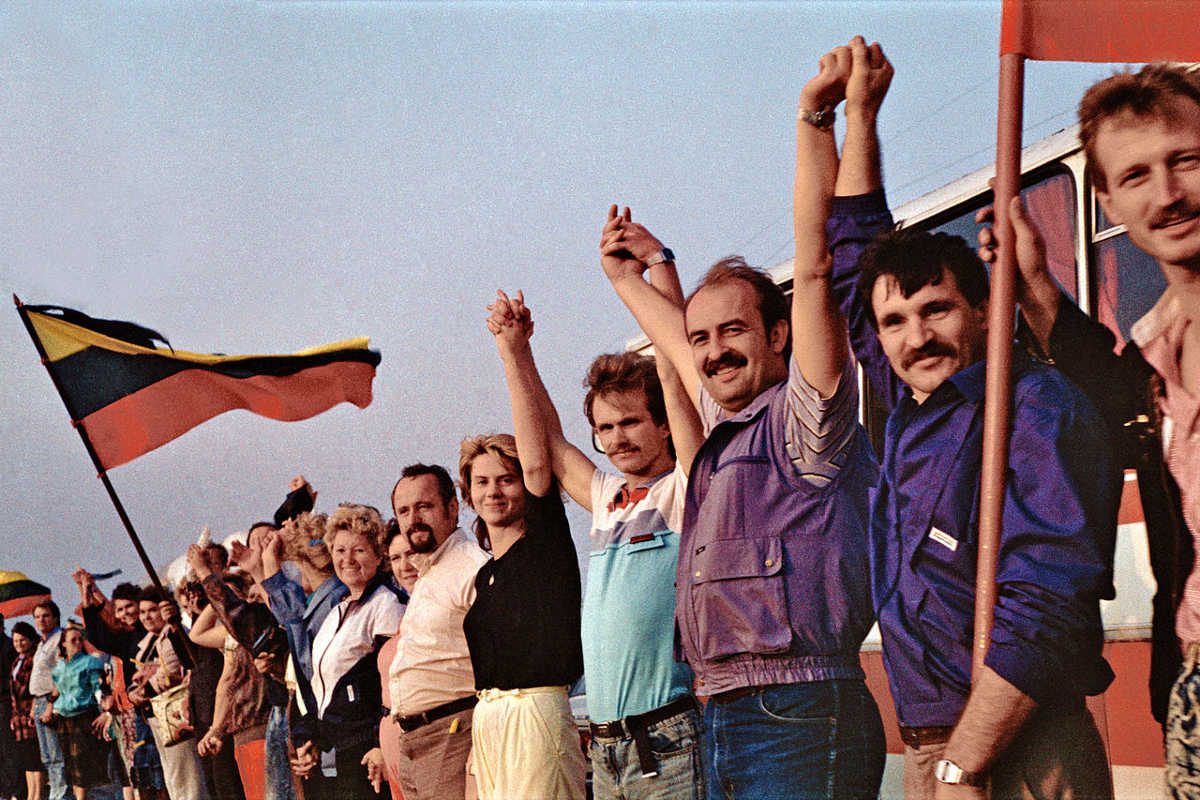
On August 23, 1989, two million peaceful demonstrators joined hands across Estonia, Latvia, and Lithuania to protest the occupation of the Baltic states by the Soviet Union. The chain, 675 kilometers long, connected the capitals of Vilnius, Riga, and Tallinn. Coordinated by portable radios, the protesters peacefully joined hands for 15 minutes at 7 p.m. local time, saying they wanted to demonstrate solidarity among the three nations in their desire for independence.
“This is something I feel in my heart,” said Rita Urbanovich, who had brought her 7-year-old twin sons to a spot along the Viljandi Highway outside Tallinn. “We suffered. Our whole country suffered — every person. And I brought my children because this is my way to explain to them why independence is important for their future.”
Moscow responded with heated rhetoric but backed down when the activists appealed to the United Nations. Within seven months, Lithuania had declared its independence, and by the end of 1991 all three Baltic states were free.
